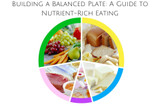What Is A Macro Diet? The Ultimate Guide To Counting & Tracking Macronutrients
When monitoring your diet, keeping track of calories is a good practice. However, we don't focus on tracking our nutrients. We are only bothered by the calorie intake but not the nutrients we take.
You can eat a healthier diet by tracking macronutrient intake. Instead of counting calories, your goal should be to find the right balance between your macronutrient intakes and your body's energy needs. If you have been obsessing about calories for years, it's time to eliminate those old ways and balance those macros instead.
What is a macronutrient?

Macronutrients should be a part of your daily diet. Macronutrients are essential for the support of various body systems and structures. Your body needs macronutrients daily to function well, unlike micronutrients.
Each macronutrient is essential for daily survival and function. Getting the right balance is vital for maintaining lean muscle and burning fat. They may also play a crucial role in your body composition.
The three types of macronutrients are:
●Carbohydrates

Carbohydrates are our main source of energy. Before they are absorbed into your blood, they're converted into sugar (glucose). They support the nervous system and kidneys as well as muscles and brain. All starchy foods contain carbohydrates, including bread, potatoes, pasta, and breakfast cereals. High fibre starchy carbohydrates, such as wholegrain varieties of starchy carbohydrates, release glucose into the blood more slowly than those high in sugary foods or drinks. Fibre is essential for good health as it reduces the chance of certain diseases such as bowel cancer, heart disease, and type 2 diabetes. Fibre is also good for your digestive health.
●Fat

Fat is your energy source for a long time and helps you maintain good health through nutrient storage, hormone production and overall well-being. The body prefers to burn fat as fuel at rest and during moderate training. Fat provides twice the calories of carbs and more calories than fat. Also, fat can be stored as reserve fuel much more effectively than carbs with a limited muscle or liver capacity. Fat calories can provide immediate energy, but excess calories can cause fat to be stored as body fat.
●Protein
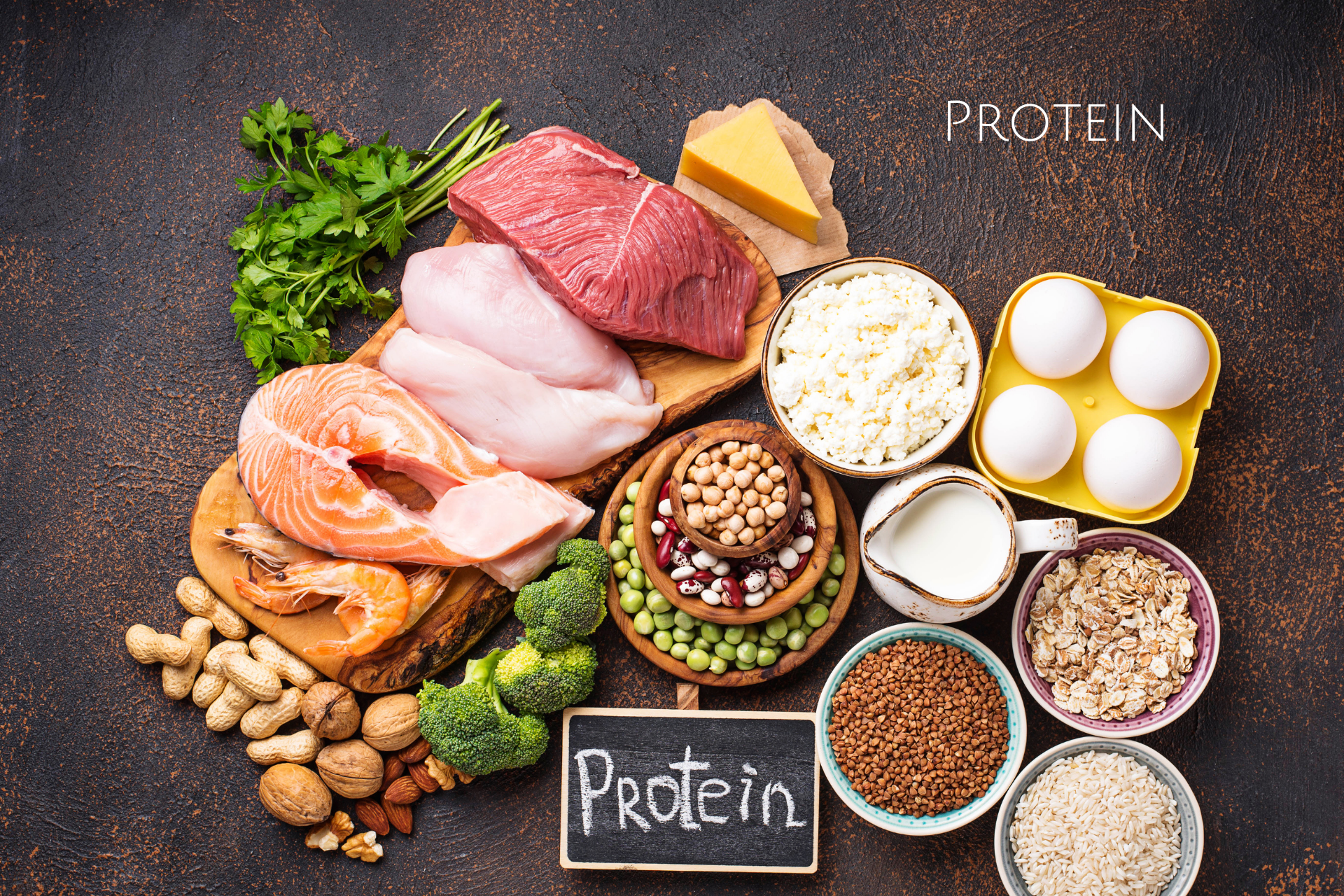
Your daily protein requirements are directly proportional to your body weight and fitness levels. Protein is a builder nutrient. It works to maintain, repair and create every cell in your body. To build muscle, a high level of protein intake is advised. A higher intake of protein may help with fat loss.
What is a macro diet?

A macro diet is a diet that focuses on three macronutrients. It is popular with athletes and bodybuilders but can be restrictive and time-consuming. A macro diet is primarily about counting macronutrients, but it also requires that you eat within a certain calorie range. The person will determine their daily calorie requirements; similarly, it is even essential to calculate their macros.
Some people count their macros to achieve weight loss, increase muscle mass, or balance blood sugar. Many people find it difficult, time-consuming and socially restrictive.
How do you calculate macros?

These proportions are only guidelines and may not work for everyone. You will need to determine your caloric requirements based on age, gender and activity level.
We have simplified a general way of calculating the ideal macro intake into simple steps.
Step 1: Calculate your
daily calorie needs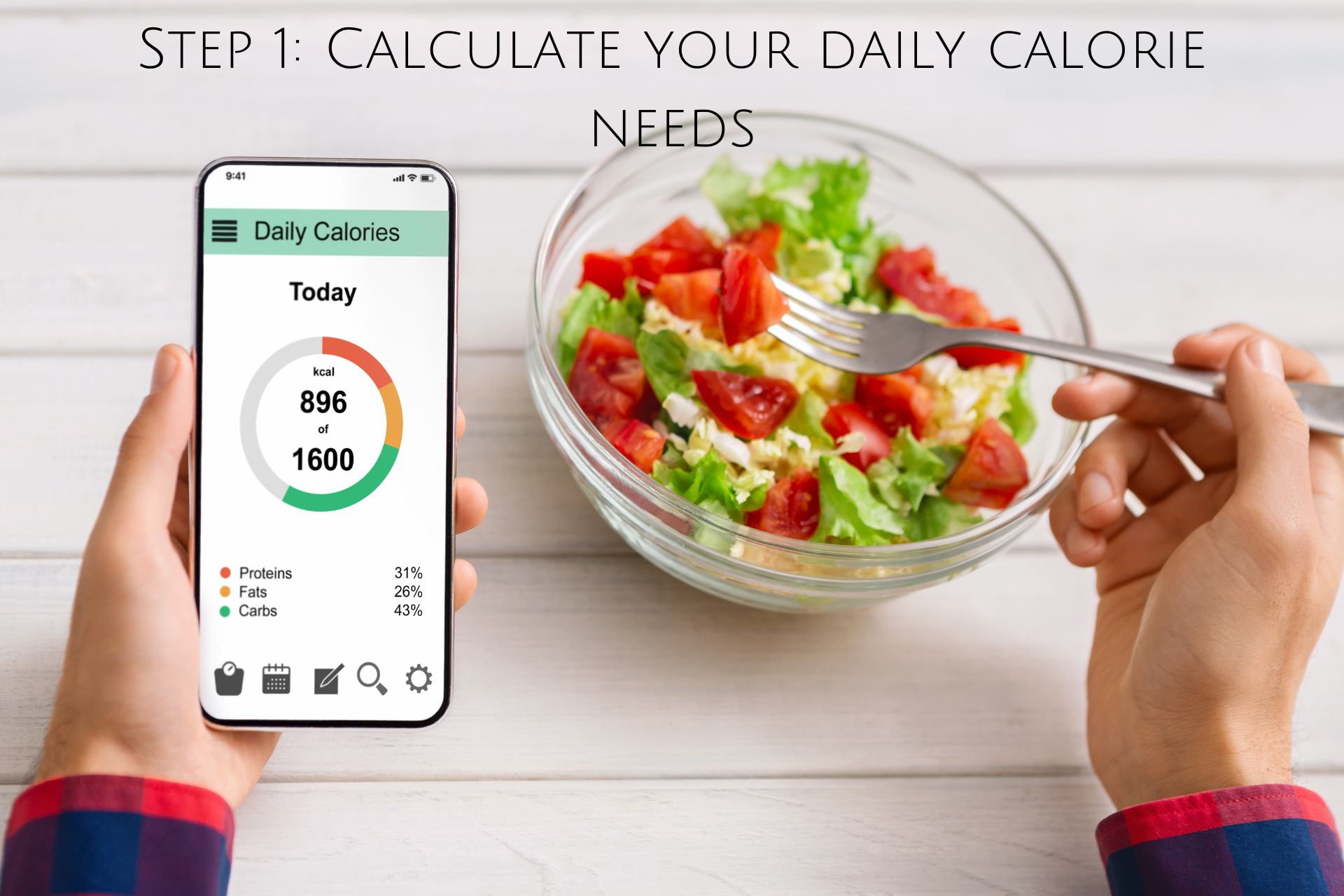
Everybody will have a different daily calorie requirement depending on their gender, age and activity level.
For Men: caloric needs/day = 10 x weight (pound) + 6.25 x height (inch) - 5 x age + 5
For Women: calories needs/day = 10 x weight (pound) + 6.25 x height (inch) - 5 x age - 161
Once you estimate your daily calories, you can add them to an activity factor for total daily energy consumption.
Step 2: Determine the
correct macronutrient ratio
Knowing how many calories you require, you must determine the best macronutrient ratio for your goals. For weight loss, it is recommended to have a macro ratio of 40/40/20 (carbs, proteins, and fat). For maintaining and gaining weight, however, a ratio of 40/30/30 is often the best.
Step 3: Determine how many calories each macro should contain
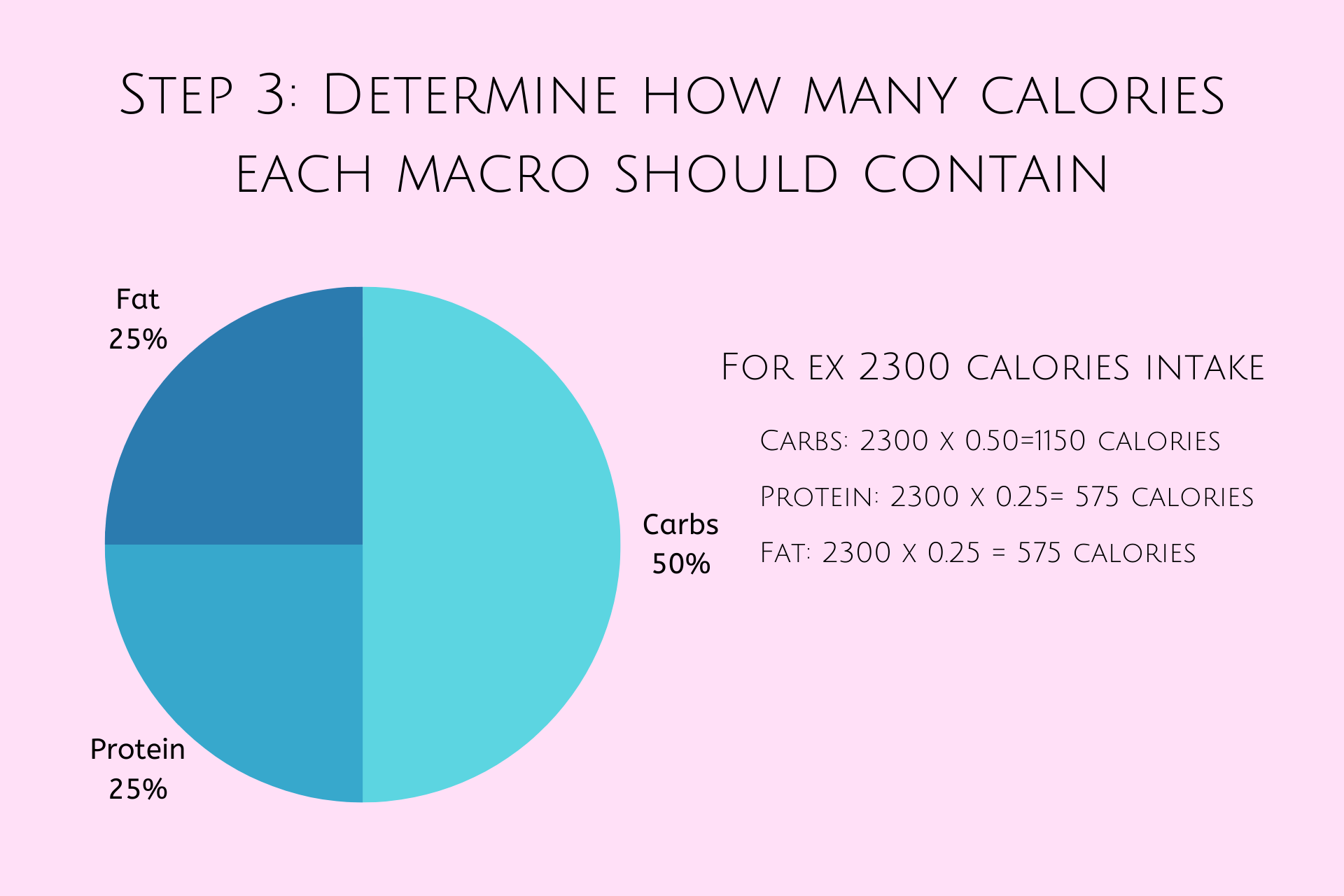
You can calculate your daily calorie requirements and your ideal macro proportion.
If your ideal daily calorie intake is 2300 calories and your ideal macro proportion happens to be 50 per cent carbs, 25 per cent proteins, and 25 per cent fats, then the portion each macro makes up for looks something like this.
Carbs: 2300 x 0.50=1150 calories
Protein: 2300 x 0.25= 575 calories
Fat: 2300 x 0.25 = 575 calories
Now that you know the calorie values of carbs, protein, and fat, the next step is to divide them by 4 and 9, respectively, to calculate your macros in grams.
These easy-to-use yet precise macro calculation formulas make healthy eating more than just calorie tracking. You might not be able to use the values you first get forever.
You must adjust your macros as you age or achieve your fitness goals.
How do you track Macros?

This is your step-by-step guide to keeping track of your daily macros.
Step 1: Learn Your Macros
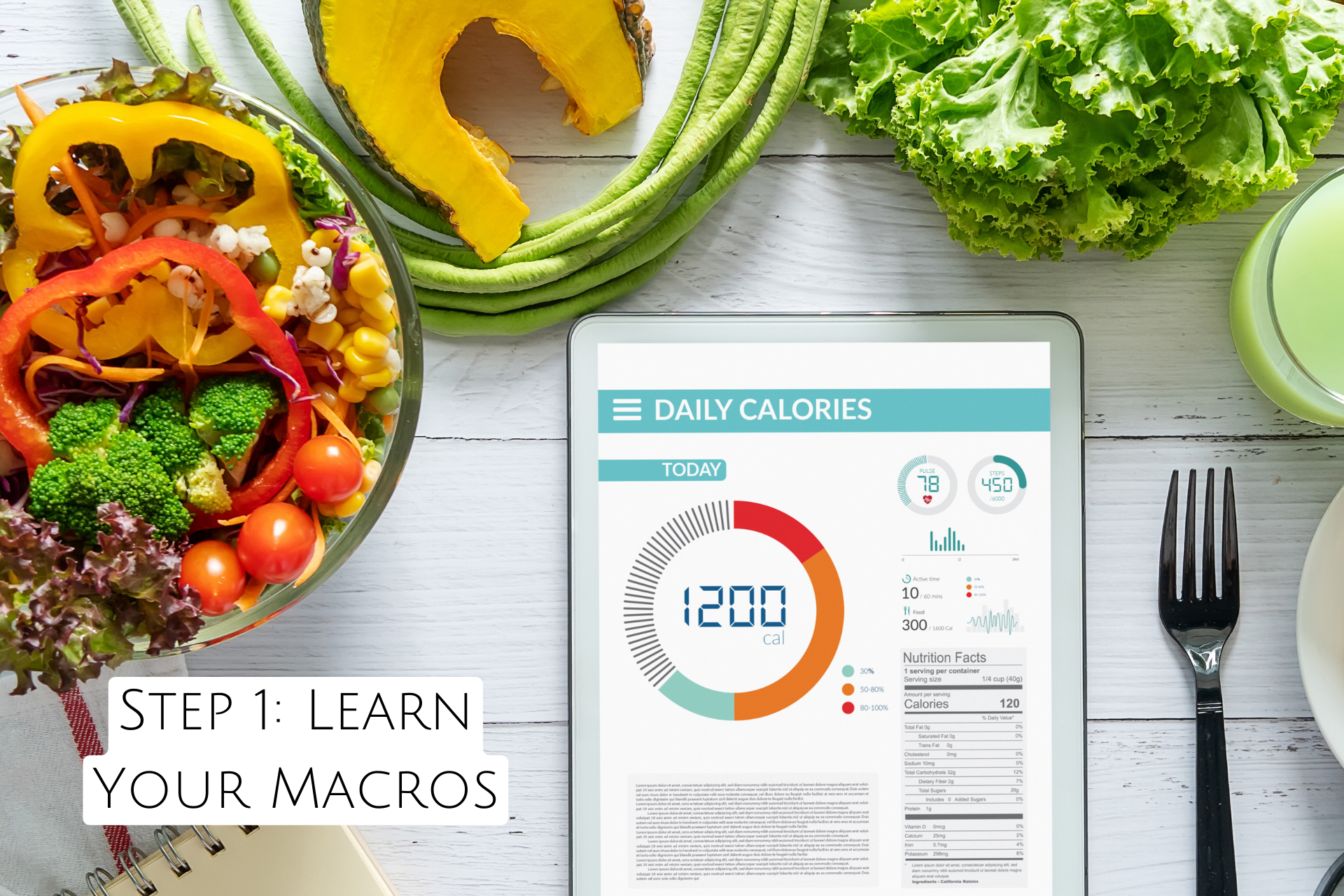
It is important to determine your fitness goals before you start tracking macros. Do you want to lose weight, increase muscle or maintain your weight? Each of these goals will have a different starting point regarding macro goals and will also vary on your activity level. A macro calculator will help you calculate the amount of protein, carbs and fat you need to start your diet.
Step 2 - Get the Right Tools

If you are following a macro-based diet, it is important to track your progress using an app or a food diary. A pen and paper might be sufficient for someone more traditional.
An app is the best option if you want a list of foods at your fingertips.
Step 3 - Log your Daily Intake

You will need to keep track of everything you eat and drink daily, regardless of using a macro tracking app. It doesn't matter how small or large your meals are; it all adds up.
These are the top tips for tracking that will help you be as precise as possible.
●Take note of the exact serving size that you ate. This is where measuring cups, spoons and food scales are useful. These tools can practice portion control and improve your eyeballing skills.
●Ensure to include all ingredients, such as seasonings, cooking oil, and toppings. All of these can have an impact on your macro intake.
●Use the app to search for specific brands or scan the barcodes to ensure you are tracking the correct food item.
Why does the Macro Diet Works?
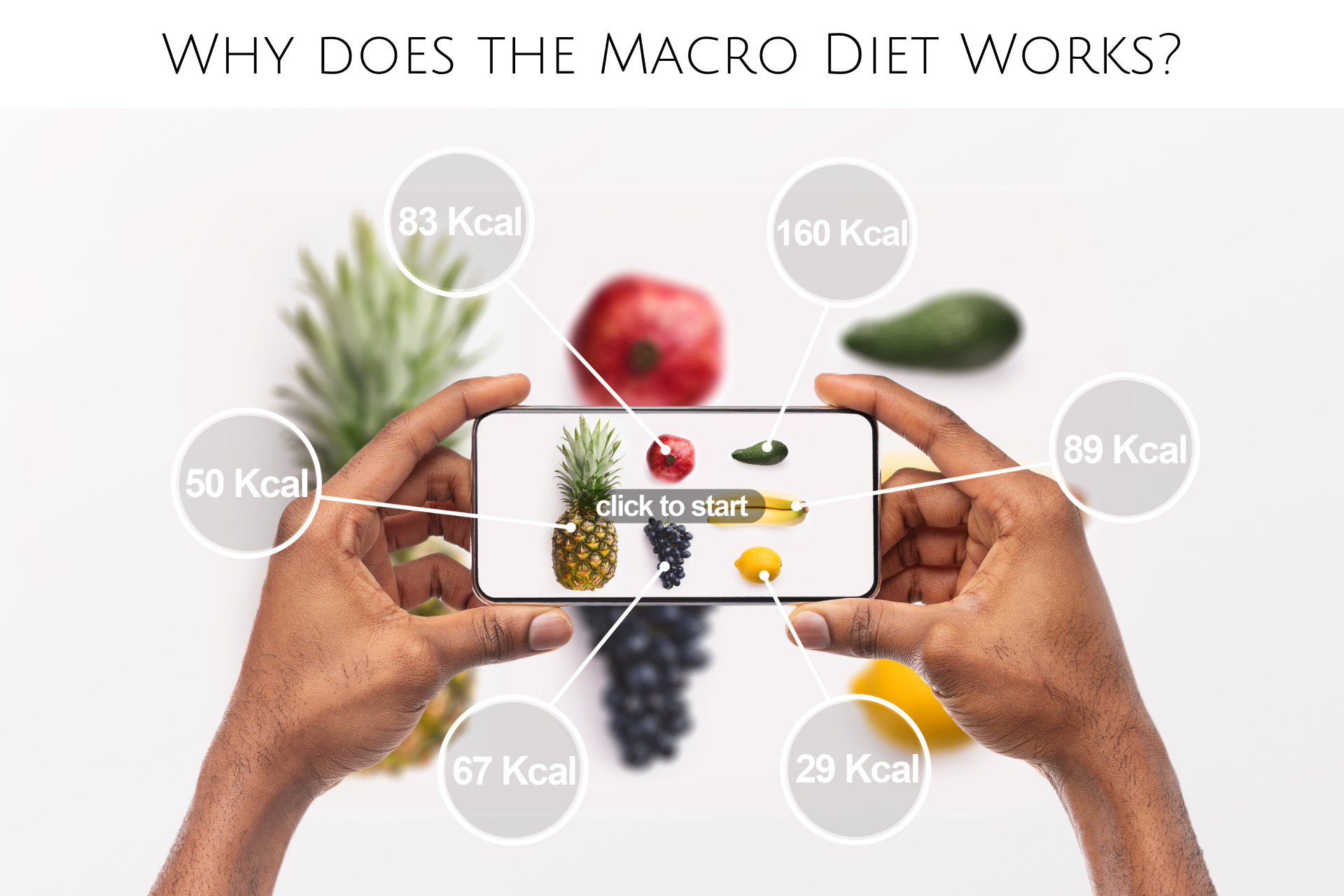
One of the most beneficial aspects of the macro-diet is that it makes the user make better choices about their food. Instead of grabbing an energy-dense snack filled with sugar, toxins, and other toxins, You have to eat important foods. Within the realm of calories, the apple and chips can contain the same number of calories. Are you convinced that a bag of chips will be able to aid in your weight loss? Most likely not. But an apple could.
The macro diet helps you become more fit and may assist you in reaching the weight loss goals you've always wanted to achieve. Another thing the macro-based diet plan is it's not overly strict. Because you can construct the macro proportion you want of whatever you like, so long as you're meeting your macros, it's quite flexible.
Is it worth trying the macro diet?

Although the macro diet allows people some freedom and flexibility, it does not let them eat all they want as long as it meets their daily energy and macronutrient requirements. The macro diet is not for everyone.
- Tracking macros requires precise calculations. This can lead to eating disorders and frustration.
- Some people may overlook the important micronutrients, such as vitamins and minerals, by focusing on only macronutrients. Even though they are only needed in small amounts in our diets, they are vital for our health.
- Certain macronutrients may need to be adjusted or counted by some people, such as type 1 diabetics. Type 1 diabetics - those who must balance insulin and carbohydrate intake - receive education from a dietitian to learn carbohydrate counting. This will help to maintain blood sugar within the desired range.
- A good source of protein is important for athletes, older adults, and those at high risk of malnutrition. The protein needs of older adults are higher than those of younger adults. This is because the severity and frequency of disease increase the protein requirement. They may not find the macro diet suitable.
Everyone should strive to eat a varied and balanced diet. To determine if a macro diet is right for you, consult a registered nutritionist or dietitian to ensure your nutritional needs are met.
Final Words
Although we've been focusing on macro counting and the benefits it can bring in weight loss, it's also a great option to add some lbs for muscle building. When you begin a new eating regimen, it's best to consult your physician to ensure that it's a safe and healthy option. Remember that although nutrition is essential for weight loss and good health, exercise is also a necessary part of the process. When you set your weight loss goals, keep in mind that losing 1 to 2 pounds per week is healthy and consistency is essential!
Recent Posts
-
Use these probiotics for pores
Probiotics are beneficial bacteria that can promote a healthy balance in the skin's microbiome. Whil
-
9 ways to use aloevera for hairgrowth
Aloe Vera Hair Mask: The Ultimate Nourishment :The Aloe Vera Hair Mask stands as the epitome of nour
-
Building a Balanced Plate: A Guide to Nutrient-Rich Eating
Introduction:In the hustle and bustle of our daily lives, it's easy to overlook the importance of ma




